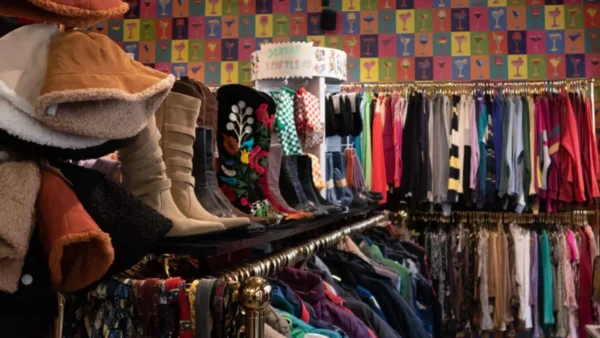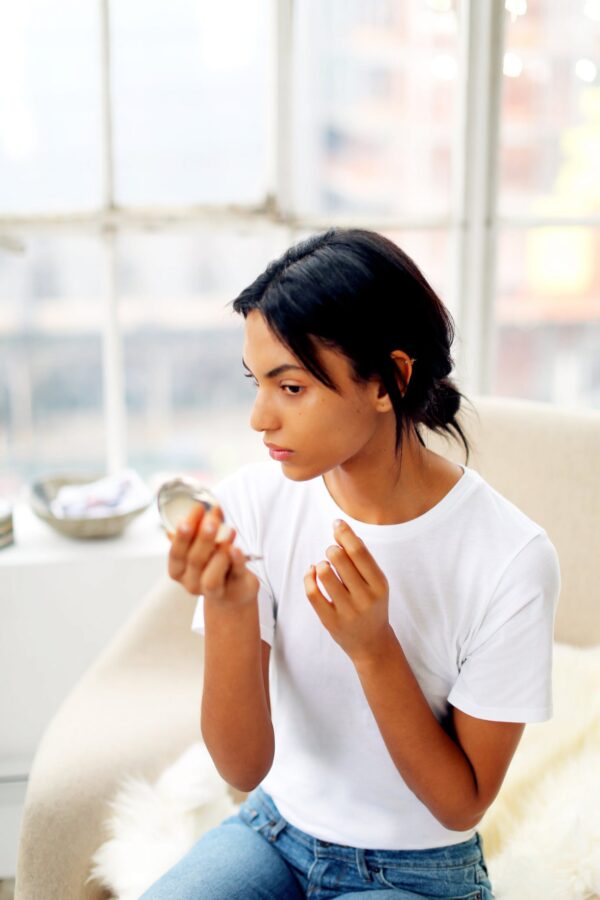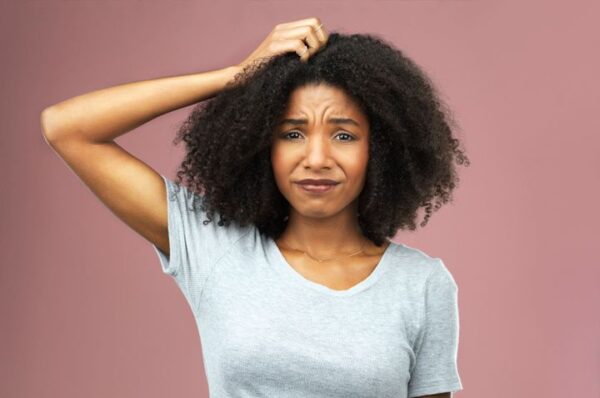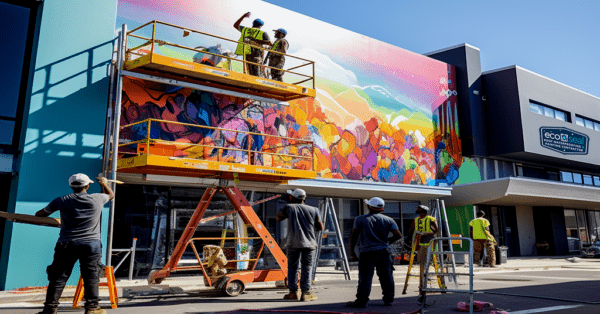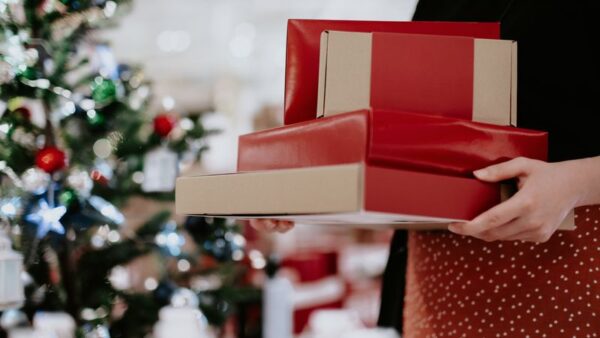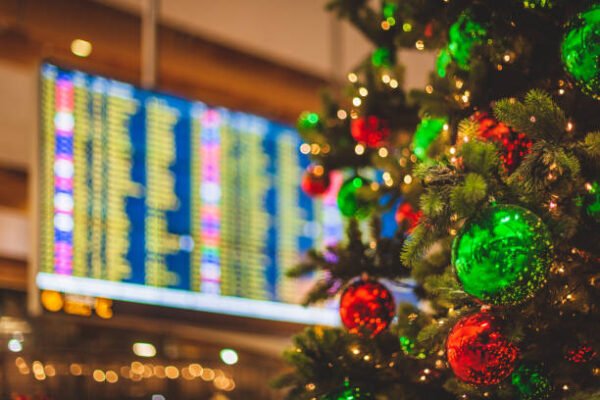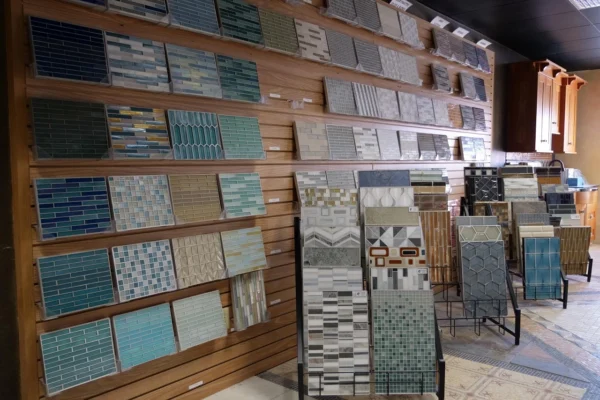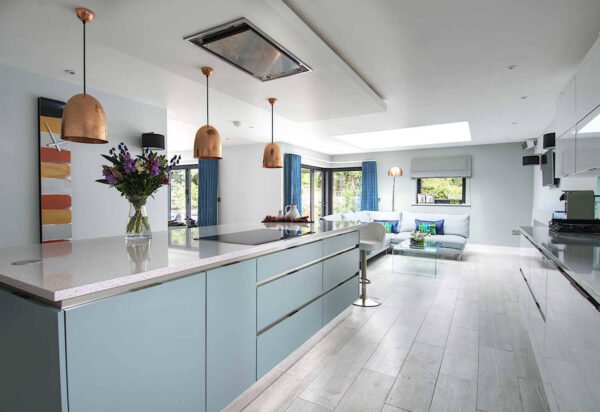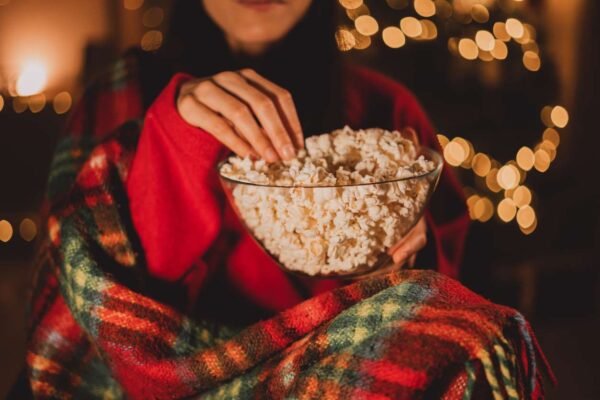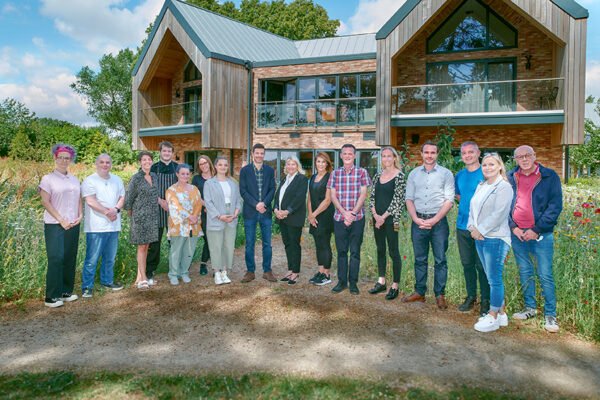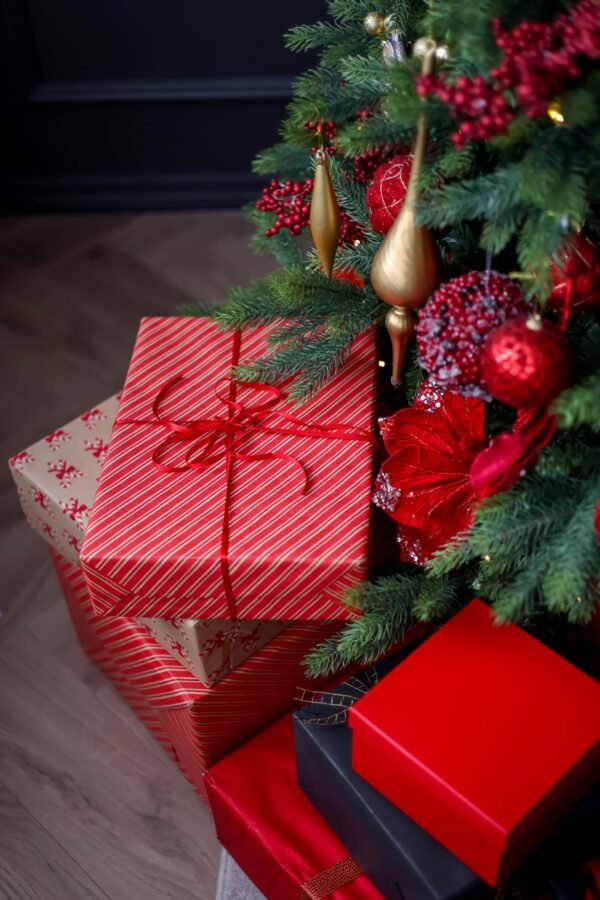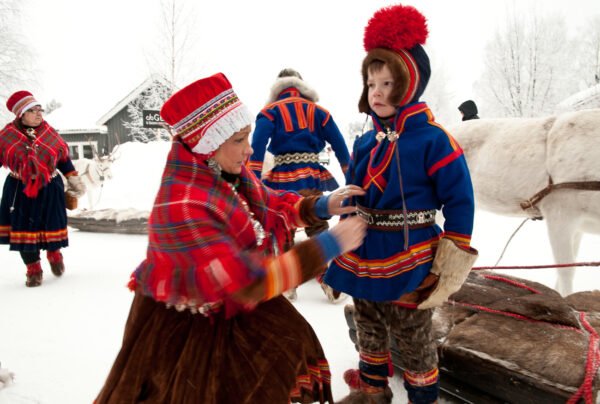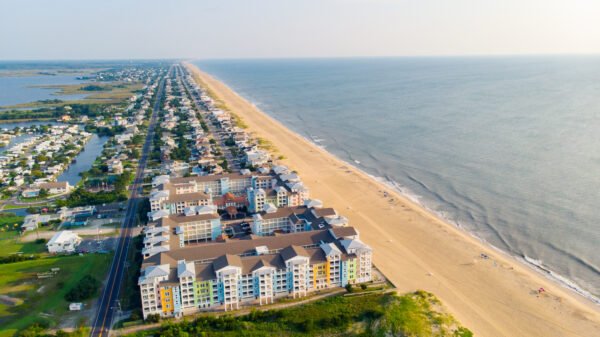
An Introduction to Tea Tasting with Rare Tea at The Kensington
An introduction to Tea Tasting with Rare Tea at The Kensington
What is England after all, without afternoon tea? That is just what the YCB team went on to find out during a recent trip on a sunny weekday afternoon, at the height of British Summer time (believe it or not, just a few weeks ago!)
As the hot drink connoisseurs that we are, the YCB team visited The Kensington Hotel in London’s Mayfair to discover not just what luxury tea is but how it became a quintessential part of English living, both in history and today’s era.
Hosted by Mr Tea himself, Max Eisenhammer, a self proclaimed tea sommelier, employed by The Rare Tea Company, the invited guests along enjoyed a through breakdown of how the Rare Tea Company – a small independent company – source and supply the world’s best tea – direct from farmers and their tea garden’s with the main objective of bringing loose tea back to favour and hopefully popular demand.
The London based Rare Tea company, founded by Henrietta Lovell (also known as the Tea Lady) has been providing devoted tea people and lovers with bespoke tea blends from all over the world since 2004 and now defines itself as a collaborate business with the world’s finest chefs and restaurateurs as regular ambassadors. Mark Hix and the team at the synonymous British home of luxury, Claridges are all firm fans and friends of the company.
Real relationships, both with the farms and Rare Tea customers, are essential to Rare Tea and is what makes the previously humble business now an exclusive brand for both small but carefully selected tea leaves. The Rare Tea company focuses on quality, sampling the finest and only selecting the best by travelling the world to seek out tea-gardens and farmers crafting the most delicious leaves man, and woman can find.
So where does tea actually come from and how did the organic root make such a authentic impression on English society from the 17th Century, all the way through today’s demand?
The history of tea is a long and complex subject, spreading across multiple cultures over the span of thousands of years. Tea in the form we most likely recognise it is reputed to have originated in South West China during the Shang Dynasty as a medicinal drink. To this day, many swear by the magical powers of tea, with Rare Tea Lady, Henrietta, creating and prescribing a mix of tea blends including Rare Tea’s popular Silver Tips Tea, an aromatic blend of jasmine tea leaves to relieve her symptoms of Cancer, to which she is now clear of.
Drinking tea became popular in Britain during the 17th century. The British introduced tea production, as well as tea consumption, to India, in order to compete with the Chinese monopoly on tea, which was very hard to come by at one time in history.
On the other hand, we have today’s luxurious daytime experience also known as Afternoon tea, which was introduced in England by Anna, the seventh Duchess of Bedford, in the year 1840. As the saying goes, the Duchess of Bedford would often become hungry around four o’clock in the afternoon and as the evening meal in her household was served fashionably late at eight o’clock, thus leaving a long period of time between lunch and dinner, Anna asked that hat a tray of tea, bread and butter (some time earlier, the Earl of Sandwich had had the idea of putting a filling between two slices of bread) and cake be brought to her room during the late afternoon. This became a habit of hers and she began inviting friends to join her.
So there, The Afternoon Tea was introduced to high society and much to the delight of aristocratic circles and indulgers of the finer moments in life.
Now the burgeoning question we ask you, our cultivated readers is, how do you like your Afternoon Tea served? Rare? Perfect!







